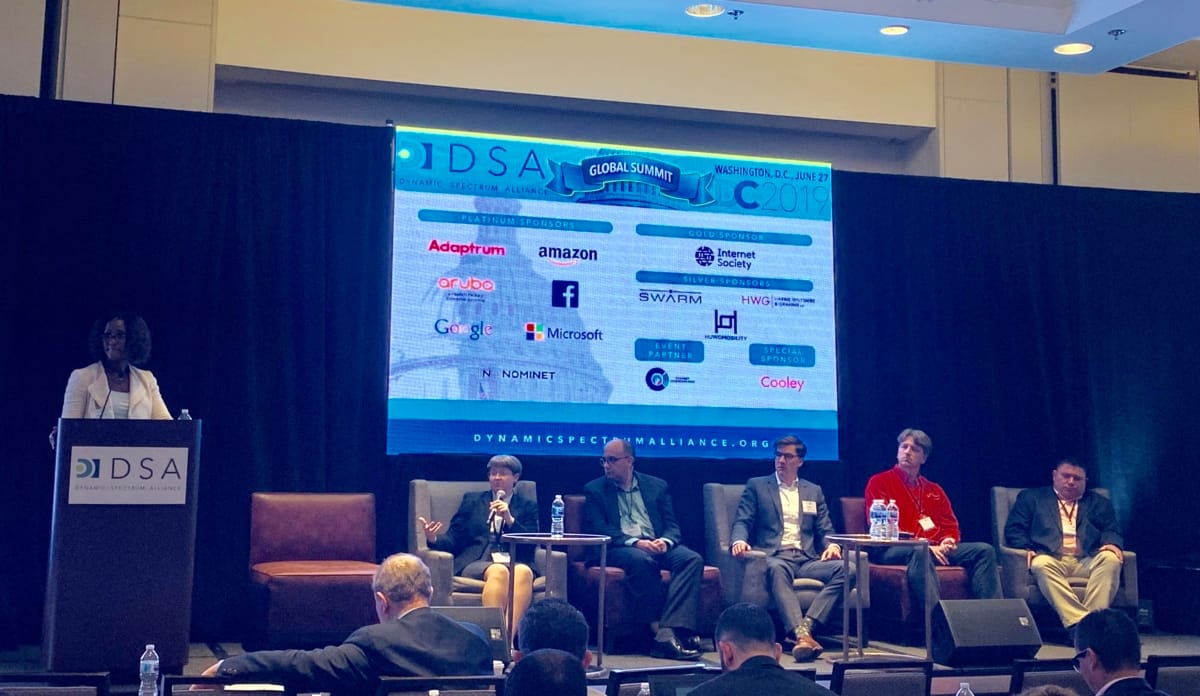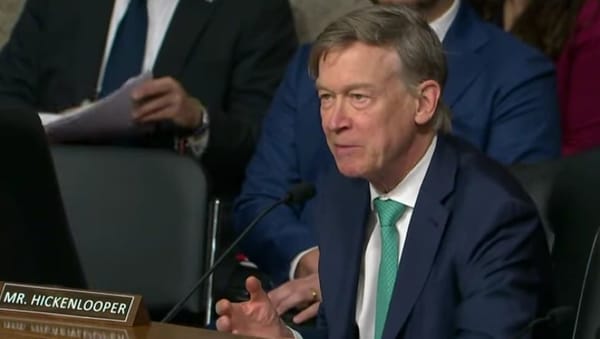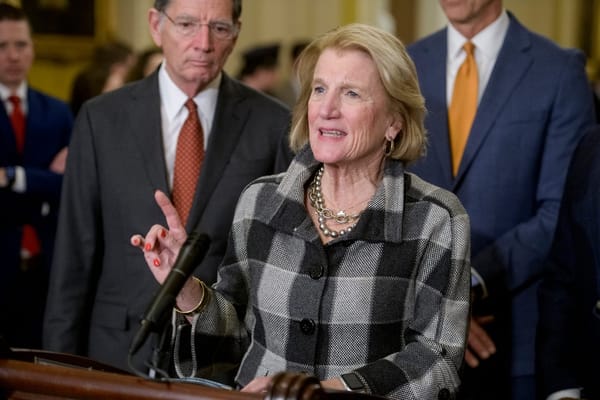Advocates of Dynamic Spectrum Sharing Tout its Role in Helping Close the Digital Divide
WASHINGTON, July 2, 2019 — Allocating more radio-frequency spectrum to smaller providers will make the most difference in helping America to close the digital divide, said speakers at last week’s summit of the Dynamic Spectrum Alliance. The summit brought together policymakers, regulators, academia,











Member discussion